
Small Emperor Moth male kleines Nachtpfauenauge Männchen smallemperormoth
This datasheet on Saturnia pavonia covers Identity, Overview, Distribution, Hosts/Species Affected, Diagnosis, Biology & Ecology, Natural Enemies, Impacts.
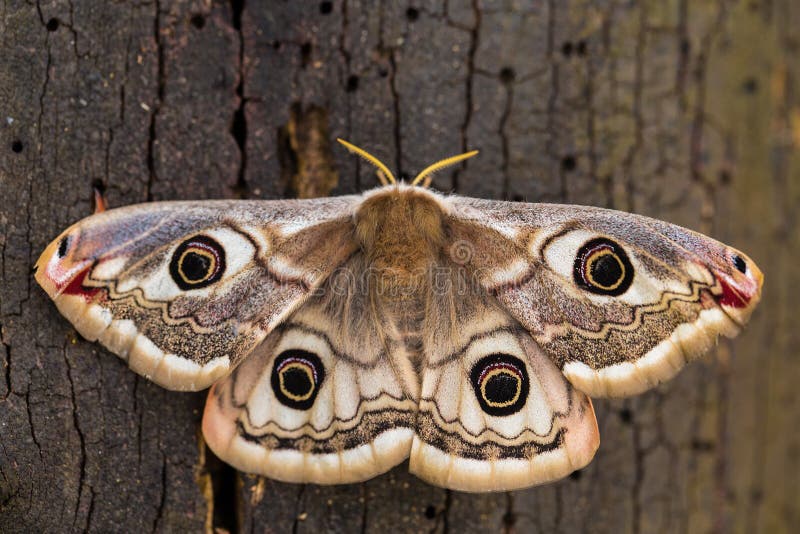
Saturnia Pavonia (The Small Emperor Moth)butterfly Stock Photo Image of emperor, color 75356038
The spectacular Emperor moth is Britain's only resident member of the Saturniidae family. It is reasonably common over much of Britain, occupying moorland and open country. The males, which have bright orange hindwings, fly during the daytime in search of the greyer females, which fly at night. Both sexes are on the wing in April and May.
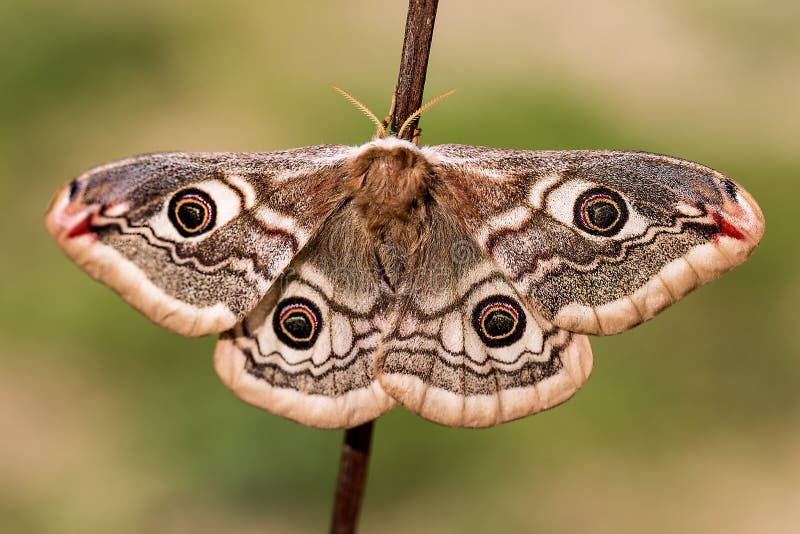
Saturnia Pavonia (the Small Emperor Moth)butterfly Stock Image Image of arthropod
The Small Emperor Moth is a moth of the family Saturniidae. Sometimes, the incorrect genus name "Pavonia" is still used for this species. This moth occurs throughout the Palearctic region and is the only member of its family to be found in the British Isles where it is usually called simply the Emperor Moth. Overview Photos Videos Map Share
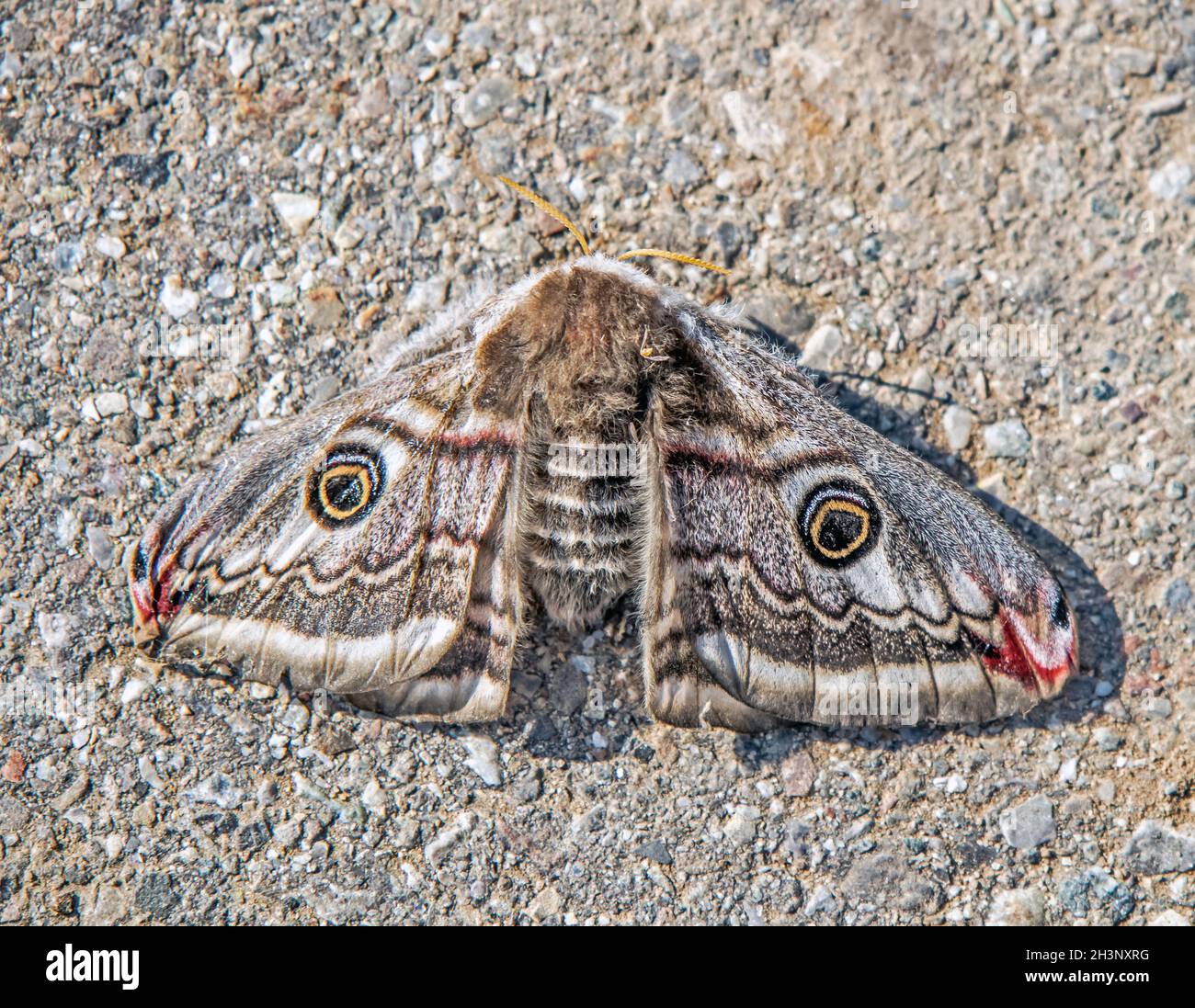
Small emperor moth 'Saturnia pavonia' Stock Photo Alamy
The small emperor moth Saturnia pavoniella (Scopoli, 1763) is beautiful small Euro-Asian moth. The common name distinguish it from it's larger European counterpart, Saturnia pyri, the emperor moth (Denis & Schiffermüller, 1775), which is much larger and easily distinguishable from the shape of bodt and wings.
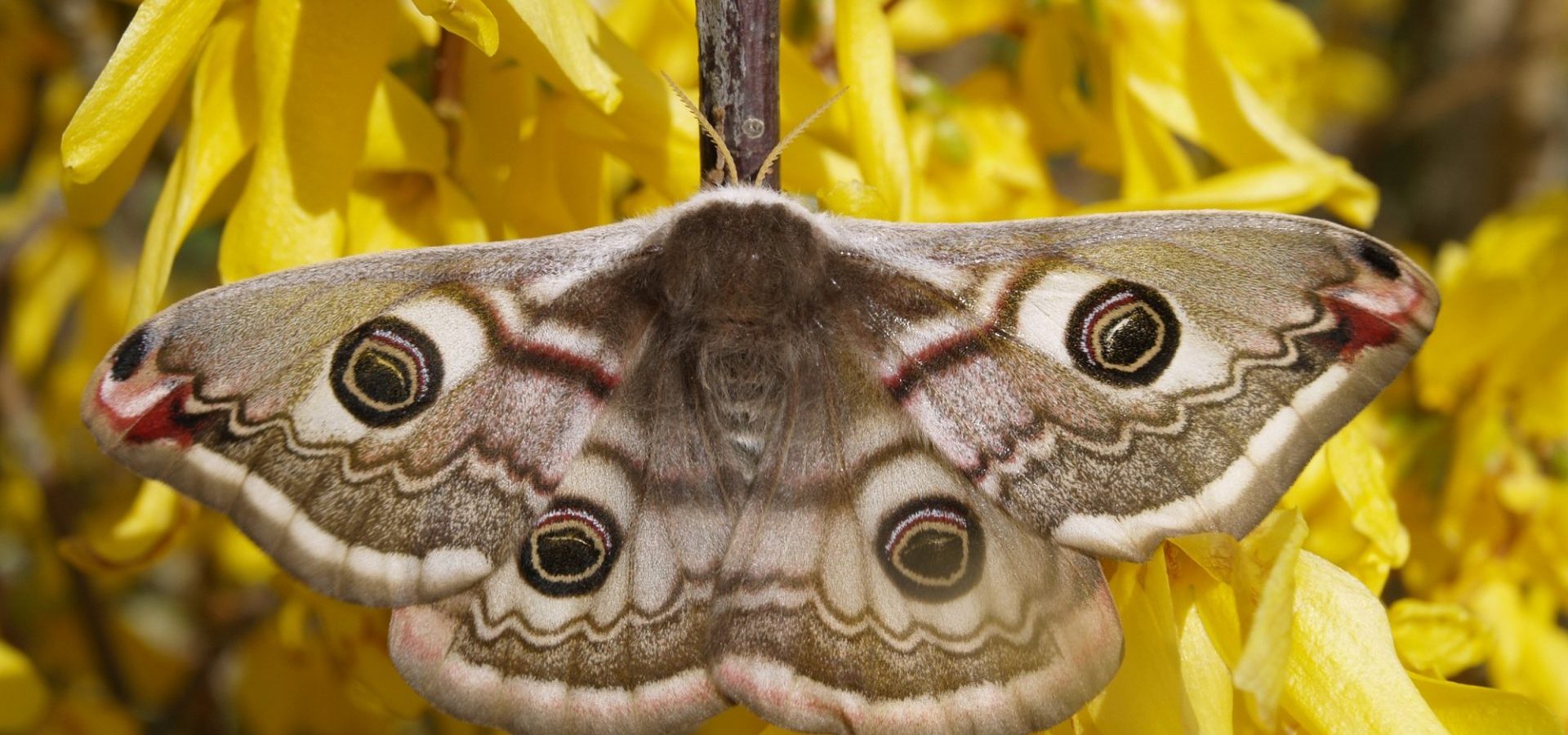
Small emperor moth Troyes Champagne Tourism
Saturnia pavonia, the small emperor moth, is a of the family Saturniidae. It was first described by Carl Linnaeus in his 1758 10th edition of Systema Naturae. Sometimes, the genus name is still used for this species.
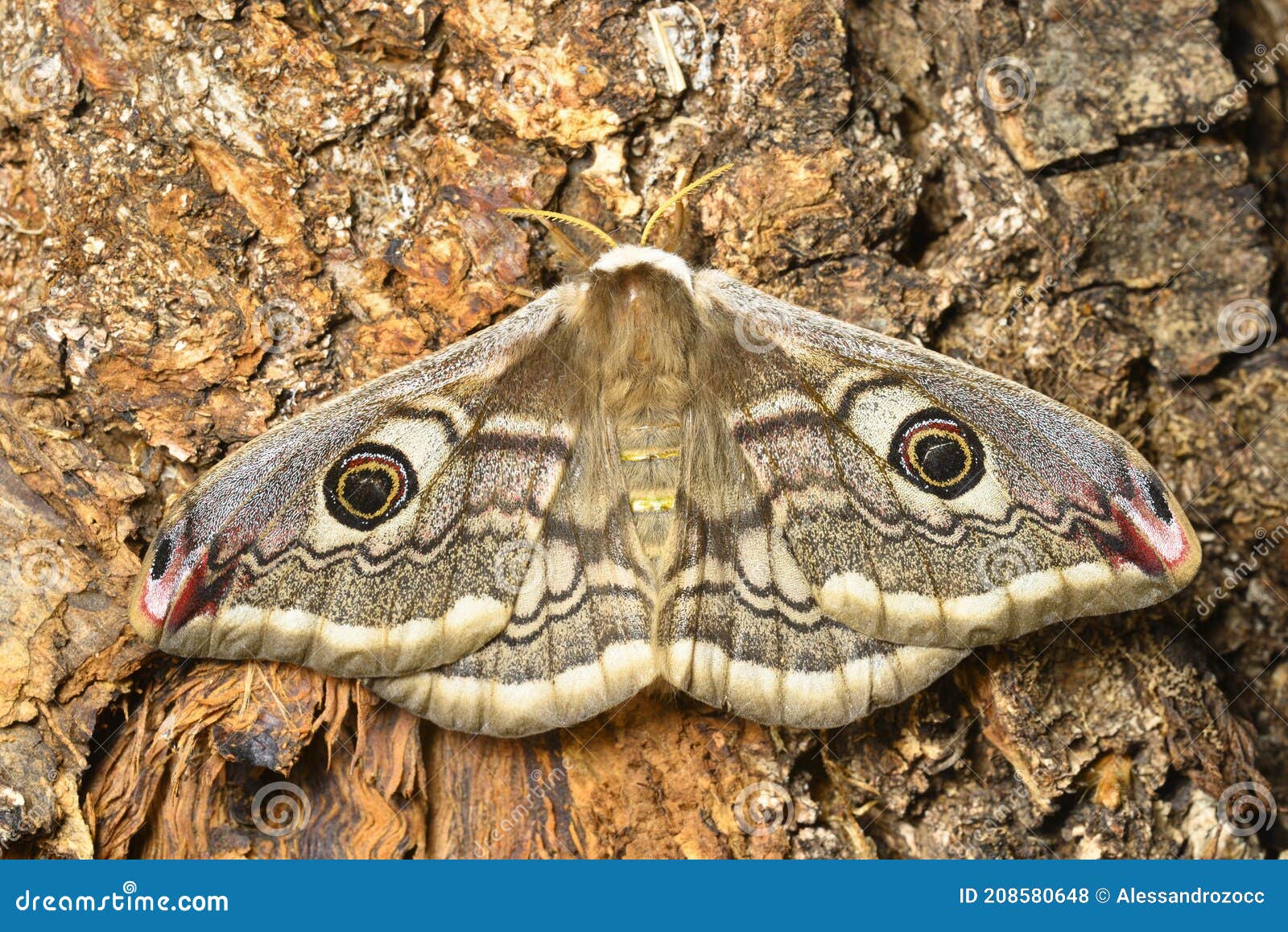
Female of Saturnia Pavonia, the Small Emperor Moth, Camouflage on Tree Trunk Stock Photo Image
Saturnia pavonia (Linnaeus, 1758) Emperor Moth species Accepted Name authority: UKSI Establishment means: Native Overview Gallery Names Classification Records Literature Sequences Data Partners Online Resources JSON GBIF Encyclopaedia of Life Biodiversity Heritage Library PESI 15,282 records (15,282 in total)

Small emperor moth (Saturnia pavonia) male (bottom) and female with wings open showing eyespots
The emperor moth (Saturnia pavonia) is one of the most impressive moths in Britain. With a wingspan of up to 9cm and an ornate wing pattern of colourful eye spots, this is a moth not to be missed. Emperor moth photographed by David Chapman
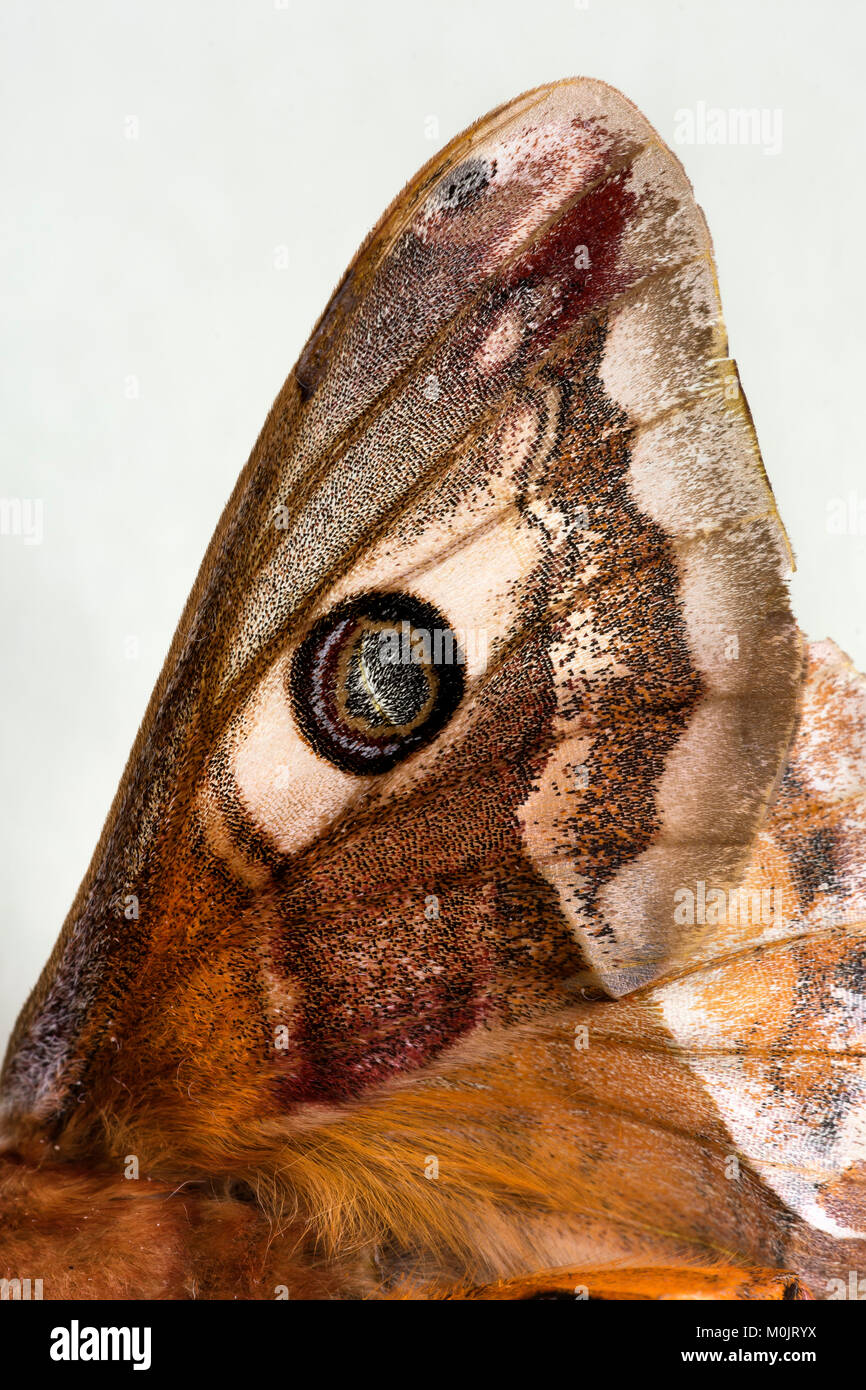
Small emperor moth (Saturnia pavonia), Schwaz, Tyrol, Austria Stock Photo Alamy
The Emperor moth is a fluffy moth that is grey-brown with big peacock-like eyespots on all four wings and pinky-red markings at the wingtips. It is the only large moth with eyespots on all four wings. The smaller, eyed hawk-moth, has two large eyespots on the hindwings only. Distribution Widespread. Habitats Grassland Heathland and moorland Coastal
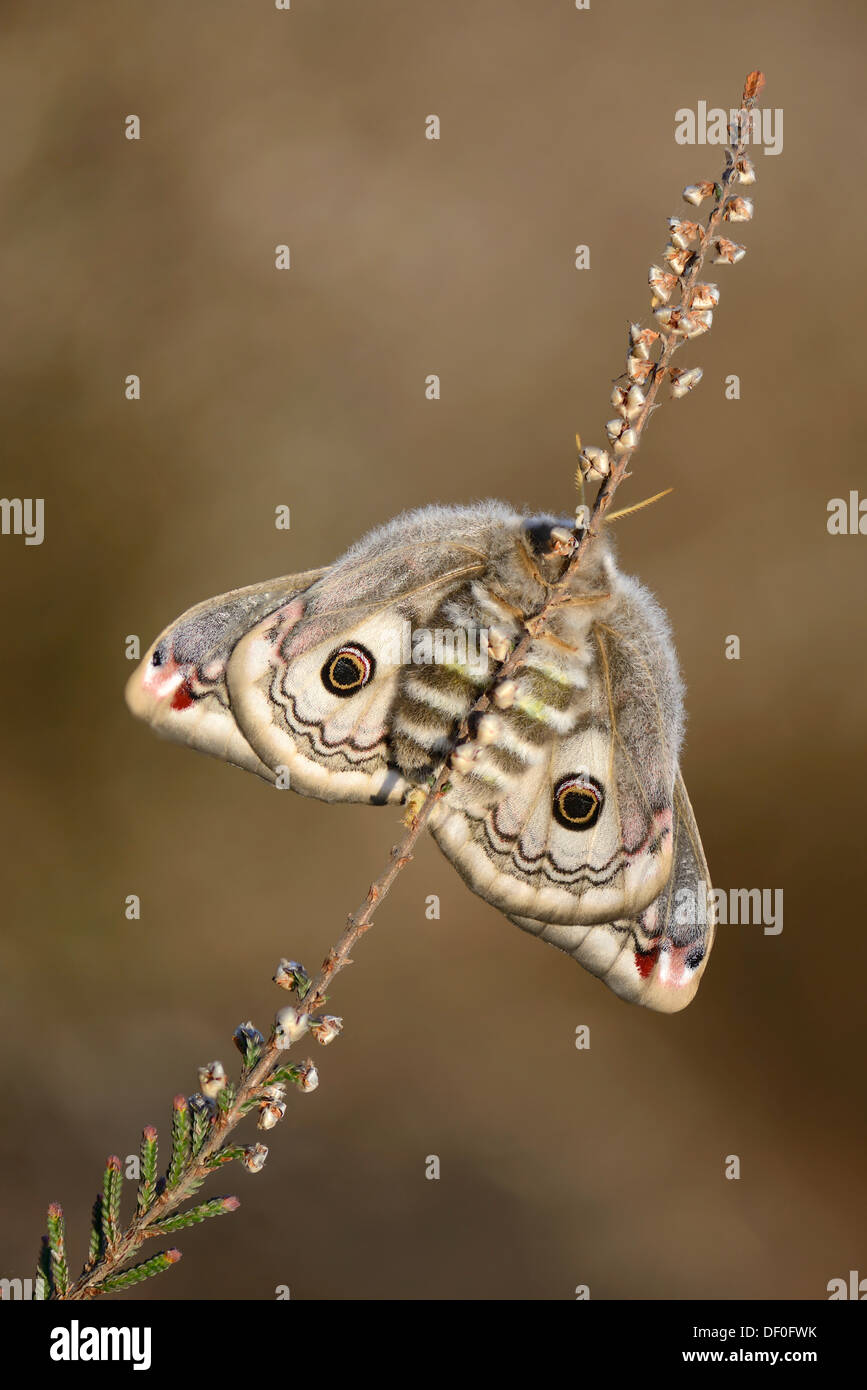
Small Emperor Moth (Saturnia pavonia), female, Haren, Emsland, Lower Saxony, Germany Stock Photo
Free Shipping Available. Buy on eBay. Money Back Guarantee!

Small Emperor moth Emperor moth, Moth, Emperor
Size and Family Family - Emperors (Saturniids) Large Sized Wingspan Range - 55-80mm Conservation Status UK BAP: Not listed Common Caterpillar Food Plants

Small Emperor Moth stock photo Minden Pictures
The Emperor Moth, scientifically known as Saturnia pavonia, is a large and attractive moth species belonging to the Saturniidae family. Noted for their vibrant colors and bold patterns, these moths are especially fascinating for their unique appearance. Distribution and Habitat

Photograph Small Emperor Moth by Fabio Giarrizzo on 500px
Saturnia pavonia (68.001) With a wingspan measuring between 40 and 60mm, the Emperor Moth is one of our largest and most spectacular native moths. The males, which are smaller than the females have beautiful forewings marked in red, grey and brown with distinctive eyespots. The hindwings are bright orange also with a large eyespot.
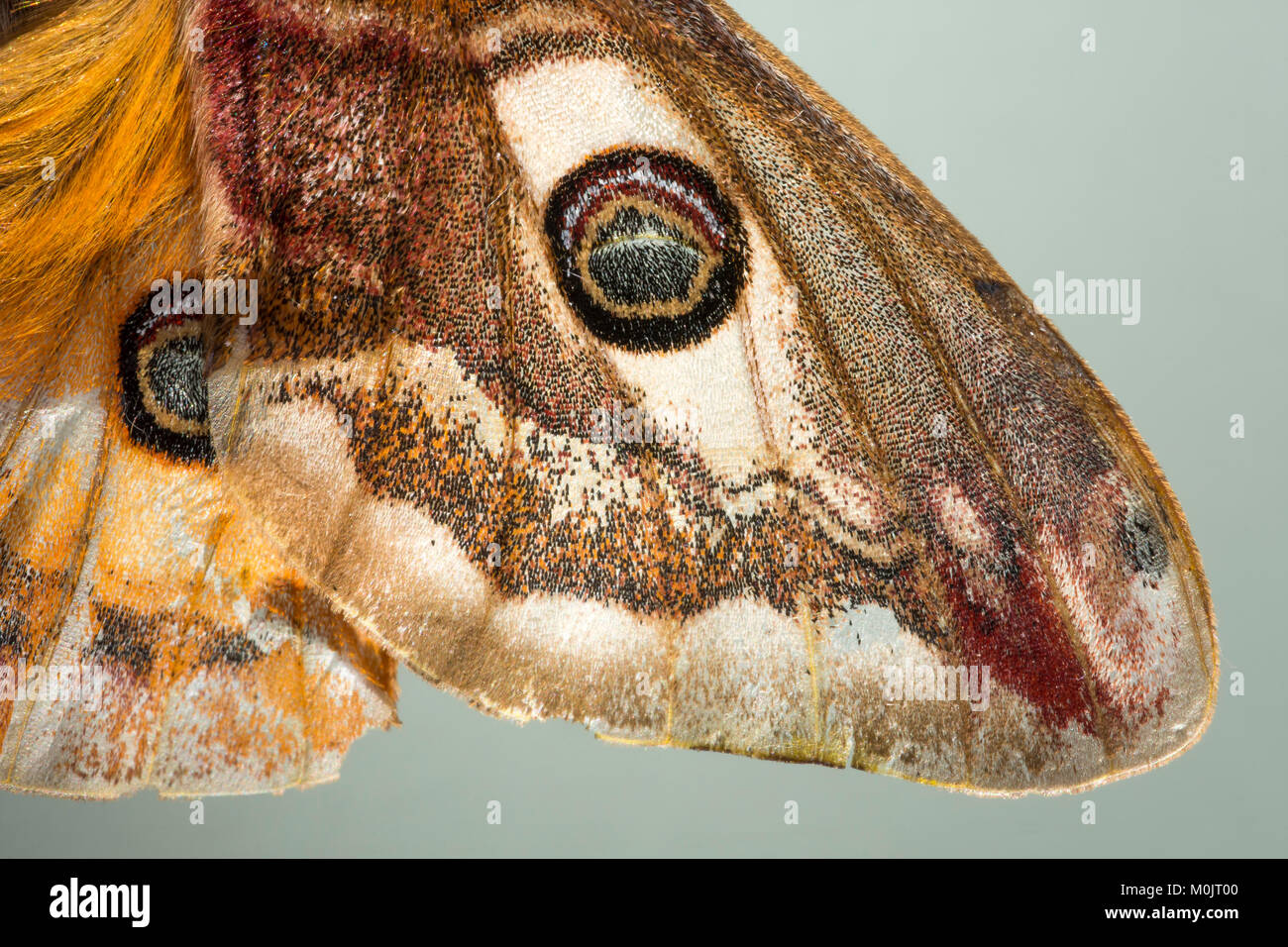
Small emperor moth (Saturnia pavonia), Schwaz, Tyrol, Austria Stock Photo Alamy
Alessandro says, 'Male emperor moths fly during the day in sunshine, using feathered antennae to smell out the pheromones produced by females. 'The larger and paler females are nocturnal and are occasionally attracted to light.' 9. Lunar hornet moth (Sesia bembeciformis) The lunar hornet moth belongs to the family of clearwing moths (Sesiidae.

Calderdale Wildlife Emperor Moths 17 05 13
Saturnia pavonia, the small emperor moth, is a moth of the family Saturniidae. It was first described by Carl Linnaeus in his 1758 10th edition of Systema Naturae. Sometimes, the incorrect genus name Pavoniais still used for this species.

Small emperor moth (Saturnia pavonia) by Preradkor on DeviantArt
Moths of the season: Emperor Moth. The spectacular Emperor Moth is Britain's only resident member of the Saturniidae family. Only some of the Hawk-moths are larger in size and the Emperor's markings give it an almost tropical appearance. It is reasonably common over much of Britain, occupying moorland, heathland and open country.

Small emperor moth (Saturnia pavonia) on Speedwell flowers
Saturnia pavonia, the small emperor moth, is a moth of the family Saturniidae. It was first described by Carl Linnaeus in his 1758 10th edition of Systema Naturae. Sometimes, the incorrect genus name Pavonia is still used for this species.